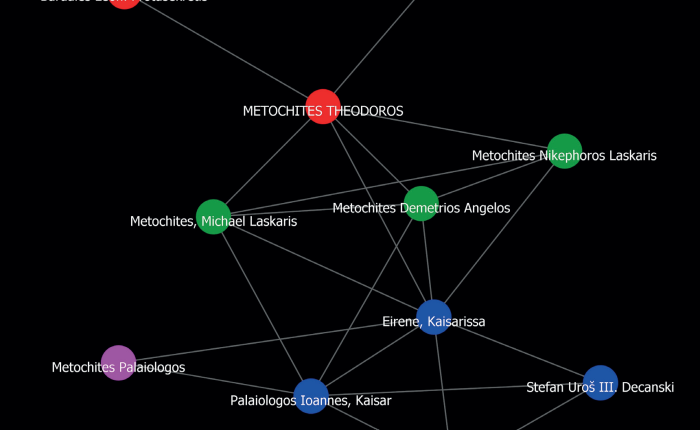The world’s connections have become more important than its divisions. To reap the rewards and avoid the pitfalls of this new order, the United States needs to adopt a grand strategy based on three pillars: open societies, open governments, and an open international system.
This may be one of the most interesting things I’ve read in the past six months. I like the overarching philosophy of the policy direction the writer presents. It feels to me like a policy built from the basic principles from César Hidalgo‘s book Why Information Grows: The Evolution of Order, from Atoms to Economies, which describes some of the underpinning science and physics for such an approach without getting too deep into the weeds of the underlying mathematics.
This article also definitely seems to take a broader historical approach to the general topics and is nearly close enough in philosophy that I might even begin considering it as a policy case with a Big History point of view.
Highly recommend.
Highlights, Quotes, & Marginalia
Think of a standard map of the world, showing the borders and capitals of the world’s 190-odd countries. That is the chessboard view.Now think of a map of the world at night, with the lit-up bursts of cities and the dark swaths of wilderness. Those corridors of light mark roads, cars, houses, and offices; they mark the networks of human relationships, where families and workers and travelers come together. That is the web view. It is a map not of separation, marking off boundaries of sovereign power, but of connection.
…the Westphalian world order mandated the sovereign equality of states not as an end in itself but as a means to protect the subjects of those states—the people.
The people must come first. Where they do not, sooner or later, they will overthrow their governments.
Open societies, open governments, and an open international system are risky propositions. But they are humankind’s best hope for harnessing the power not only of states but also of businesses, universities, civic organizations, and citizens to address the planetary problems that now touch us all.
…when a state abrogated its responsibility to protect the basic rights of its people, other states had a responsibility to protect those citizens, if necessary through military intervention.
But human rights themselves became politically polarized during the Cold War, with the West championing civil and political rights; the East championing economic, social, and cultural rights; and both sides tending to ignore violations in their client states.
The institutions built after World War II remain important repositories of legitimacy and authority. But they need to become the hubs of a flatter, faster, more flexible system, one that operates at the level of citizens as well as states.
U.S. policymakers should think in terms of translating chessboard alliances into hubs of connectedness and capability.
According to systems theory, the level of organization in a closed system can only stay the same or decrease. In open systems, by contrast, the level of organization can increase in response to new inputs and disruptions. That means that such a system should be able to ride out the volatility caused by changing power relationships and incorporate new kinds of global networks.
Writing about “connexity” 20 years ago, the British author and political adviser Geoff Mulgan argued that in adapting to permanent interdependence, governments and societies would have to rethink their policies, organizational structures, and conceptions of morality. Constant connectedness, he wrote, would place a premium on “reciprocity, the idea of give and take,” and a spirit of openness, trust, and transparency would underpin a “different way of governing.” Governments would “provide a framework of predictability, but leave space for people to organise themselves in flatter, more reciprocal structures.”
Instead of governing themselves through those who represent them, citizens can partner directly with the government to solve public problems.
…an open international order of the twenty-first century should be anchored in secure and self-reliant societies, in which citizens can participate actively in their own protection and prosperity. The first building block is open societies; the second is open governments.
The self-reliance necessary for open security depends on the ability to self-organize and take action.
The government’s role is to “invest in creating a more resilient nation,” which includes briefing and empowering the public, but more as a partner than a protector.
…much of the civil rights work of this century will entail championing digital rights.
Hard gatekeeping is a strategy of connection, but it calls for division, replacing the physical barriers of the twentieth century with digital ones of the twenty-first.
In this order, states must be waves and particles at the same time.
The legal order of the twenty-first century must be a double order, acknowledging the existence of domestic and international spheres of action and law but seeing the boundary between them as permeable.
In many countries, legislatures and government agencies have begun publishing draft legislation on open-source platforms such as GitHub, enabling their publics to contribute to the revision process.
The declaration’s three major principles are transparency, civic participation, and accountability.
Chris Aldrich is reading “How to Succeed in the Networked World” was originally published on Chris Aldrich | Boffo Socko
